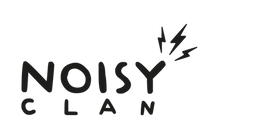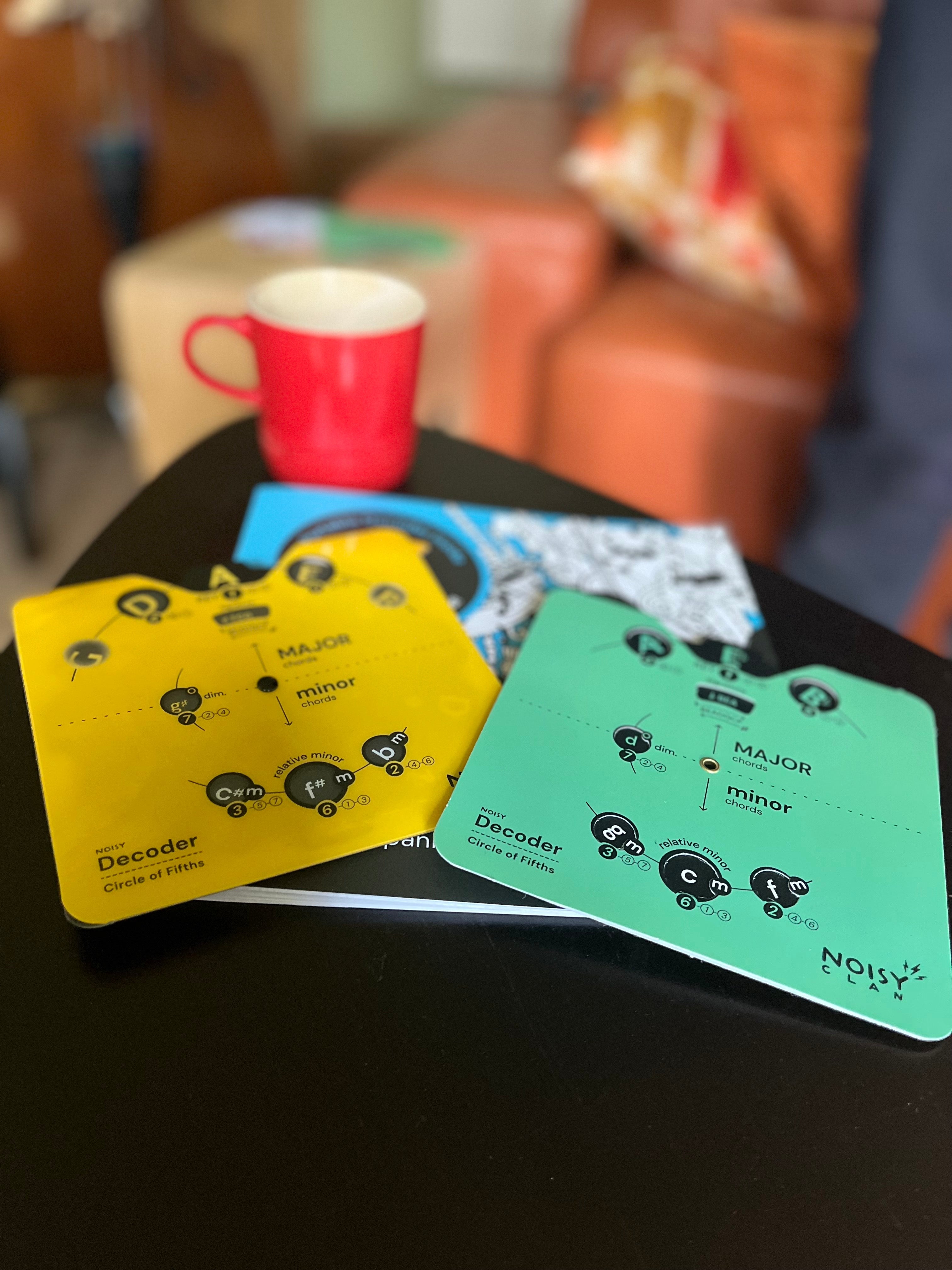Part One: AB Structure
All songs have an underlying structure. This can range from simple to complex. If you are starting out on your songwriting journey, I recommend keeping it simple.
A great example of a memorable, simple song is “Three Little Birds” by Bob Marley. This was released in 1977 and has been covered innumerable times. It uses only three chords, and the structure is:
Chorus > Verse > Chorus > Verse > Chorus

If the prospect of writing a song daunts you, take inspiration from the brevity of this enduring song. There are just two sections, i.e., two areas of the song that need a chord progression, lyrics, and a melody. AB is a shorthand notation for this song structure, where A is the verse, and B is the chorus. This has been a prevalent song format in the pop genre since the 1960’s.
Start your own song by creating one of the two sections. However you prefer to approach your song is fine. Write some lyrics, hum a melody, or pick a chord progression. Just make sure you get started.
Many people start a song from a chord progression. Some of you may ask, ‘What chord progression should I use’? As always, there is no wrong answer. As a suggestion to keep it simple, you can never go wrong using the 1(Root) of your chosen key and the 5th. Songs typically start on the root chord and return to the 1 chord from the 5. In “Three Little Birds”, both the verse and the chorus begin at the root of the key. The chorus moves back and forth between the root and the fourth while the verse throws in the 5th for variety. If you are unsure what chords to use (shameless plug), The Decoder: Circle of Fifths will quickly show you all the appropriate chords in any key.

Nile Rodgers of Chic, whose performances have sold over 500 million albums “When people call me a great writer, I always correct them and say, no no no, I am a great re-writer. Cause the first stuff I write is ridiculous.”
Once you have your first ‘ridiculous’ section in an AB structure, you are nearly halfway through writing your song. The B section or chorus needs to be added. The chorus can use the same chords as the verse, but it is easier to create a contrast between the two sections if you write your new section over a different chord progression.
Once you have two sections, then you have your song. Connect the two, and decide whether to add more verses and embellish however you want. You could add an intro or outro for variety or leave the verse/chorus structure as is.
Create a melody over the progression and add lyrics. Don’t worry about the quality of your output. It's most important to get going. Starting from a simple known song structure frees you to be as creative as you want with the other parts of the song. Bob Marley has shown us that a successful song does not have to be complex.





